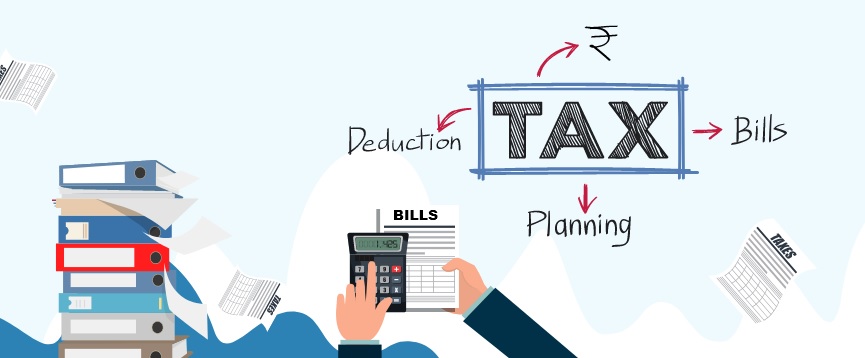What Is the Mechanism Behind Cannabis Relieving Nausea?

Macro display of medical cannabis products on white background with vaporizer and glass jar for drops
Despite the fact that regular cannabis consumption can cause some users to experience nausea and vomiting, a growing body of evidence suggests that the drug has an opposite effect on other people. That effect is so profound that the FDA has already approved two cannabinoid drugs, one synthetic and the other naturally derived, to relieve the nausea and vomiting associated with cancer. Smoking Bongs also prevent nausea since it cools down your anxiety.
So what is the mechanism involved here? How does cannabis react with the brain to relieve those uncomfortable feelings of nausea and their propensity to lead to vomiting? The answer is found in how the endocannabinoid system regulates the nausea and vomiting response in humans.
A Warning and Safety Response
For all intents and purposes, nausea and vomiting act as both a warning and safety response. Feelings of nausea are a warning that something is wrong. It is intended to prevent the consumption of potentially harmful substances. Vomiting is a safety response intended to purge the body of things that are harmful.
Unfortunately, there are things that can trigger this response despite no presence of harmful substances. For example, people who experience motion sickness frequently complain of nausea. This is because their brains, for whatever reason, are tricked into thinking that danger is present.
Cannabinoid Agonists and Antagonists
Research has revealed that the endocannabinoid system helps regulate nausea and vomiting. One particular cannabinoid receptor, the CB1 receptor, is especially important in the regulating process. It turns out that CB1 is the same receptor that is most influenced by THC and CBD.
It stands to reason that manipulating the endocannabinoid system in such a way as to trigger a certain response from the CB1 receptor would make it possible to control nausea and vomiting. Therein lies the secret to the effectiveness of cannabis as an anti-nausea treatment.
In a nutshell, CB1 antagonism triggers both nausea and emesis (vomiting). CB1 agonism does just the opposite. The efficacy of cannabis in relation to nausea and vomiting lies in the fact that it is a CB1 agonist.
What It Actually Does
If all of this is confusing to you, an explanation provided by the people behind the Utahmarijuana.org website should help. They recommend cannabis as a treatment for nausea and vomiting. At any rate, they say understanding the difference between agonists and antagonists is the key.
In the pharmacology world, an agonist is a compound that binds to a receptor and enhances the effects of the agonist substance itself. An antagonist is a compound that binds to a receptor and stops any reaction cold. Applying this to the concept of nausea make the mechanism pretty clear.
THC binding to CB1 receptors acts as an agonist, enhancing the receptor’s ability to control nausea and vomiting. Thus, cannabis seems to help relieve both. If an antagonist were administered following cannabis, it would reverse the effect. The patient would go back to feeling nauseous and tending toward vomiting.
Suppressing the Feelings
In essence, THC seems to enhance the brain’s ability to suppress nausea and vomiting. That is a big deal to cancer patients who often suffer from nausea and vomiting as a result of chemotherapy and radiation. But other patients who suffer frequent bouts of nausea and vomiting can benefit from THC as well.
Controlling nausea and vomiting is one of the few areas of cannabis research we actually know quite a bit about. Studies have shown that THC is highly effective as a CB1 agonist. It has been suggested that CBD is equally effective, though data in support of it is more limited. At any rate, now you know.











